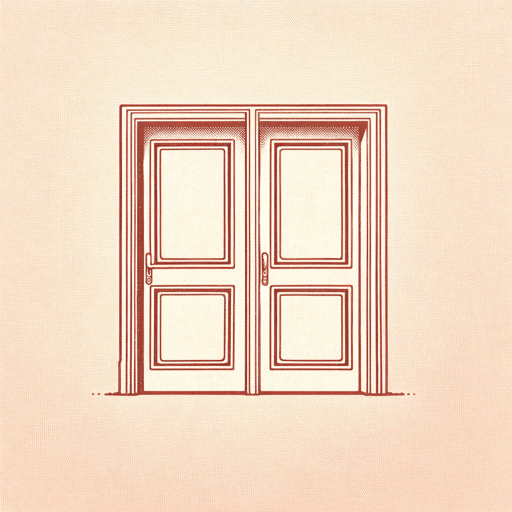25 pages • 50 minutes read
Frank R. StocktonThe Lady, or the Tiger?
Fiction | Short Story | Adult | Published in 1882A modern alternative to SparkNotes and CliffsNotes, SuperSummary offers high-quality Study Guides with detailed chapter summaries and analysis of major themes, characters, and more.
Summary and Study Guide
Summary: “The Lady, or the Tiger?”
“The Lady, or the Tiger?” is a short story by Philadelphia-born author Frank R. Stockton published in the American magazine The Century in 1882. (The edition used in this study guide is available on the Project Gutenberg website.)
Stockton was best known among his contemporaries for his humorous and unconventional fairy tales, which have been widely adapted since they were published in the late 19th and early 20th century. Some have been turned into plays and radio dramas or referenced in popular songs and TV shows. Maurice Sendak, for example, illustrated two of Stockton’s tales, “The Griffin and the Minor Canon” and “The Bee-man or Orn,” which earned him a Lewis Carroll Shelf Award in 1963. Stockton’s work spanned other popular genres, including science fiction and adventure, and his 1895 novel The Adventures of Captain Horn was among the best-selling books in the United States at the time. “The Lady, or the Tiger?,” arguably Stockton’s most famous fable, has cemented its place as a classic in American literature.
The story opens “in the very olden time” in an unspecified kingdom—a characteristic setting for fairy tales of European tradition—and introduces a “semi-barbaric king” with “large, florid, and untrammeled” ideas (Paragraph 1). He is described as exuberant and authoritarian, with the ability to turn his most fanciful notions into realities, as “nothing [pleased] him so much as to make the crooked straight and crush down uneven places” (Paragraph 1).
The king has established a peculiar way to determine an accused criminal’s guilt. The defendant is brought to a public arena where they are made to choose between two identical doors. Behind one of the doors stands a hungry tiger ready to eat them, and behind the other is a fair lady they are made to marry. The accused do not know which door leads to which outcome, but they are required to choose. The narrator praises the “perfect fairness” of the system and its “positively determinate” results (Paragraph 7). The king claims that the subject’s freedom to decide ensures the total impartiality of the system and that his guilt or innocence is proven as soon as he opens a door.
The king has a daughter who is “the apple of his eye, and [...] loved by him above all humanity,” and whose soul is “as fervent and imperious as his own” (Paragraph 9). When he discovers that the princess has had an affair with a young courtier, the king “immediately [casts him] into prison” and starts preparing for his public trial (Paragraph 9). He has the kingdom’s tiger cages “searched for the most savage and relentless beasts” (Paragraph 10), while judges seek out the fairest and most beautiful maiden to be the young man’s bride—should he be deemed innocent.
When the day of the trial arrives, the young man enters the arena under the crowd’s hums of “admiration and anxiety” (Paragraph 12). He then bows to the princess who, unbeknownst to all, has worked tirelessly to learn the secret of the two doors since her lover was arrested. “Possessed of more power, influence, and force of character than any one who had ever before been interested in such a case” (Paragraph 13), the princess discovered which door hides the tiger and which the lady.
The princess has also learned who the lady is, and she is jealous of her: “Often had she seen, or imagined that she had seen, this fair creature throwing glances of admiration upon the person of her lover, and sometimes she thought these glances were perceived, and even returned” (Paragraph 14). Although she cannot be certain of her lover’s infidelity, the princess’s doubts and her impetuous nature are made evident. She does not want her lover to die, but she equally does not want him to marry another woman.
When the lover turns to the princess, asking for her help in choosing which door to open, she discreetly points toward the door to the right. The narrative part of the short story ends here, with the line: “Now, the point of the story is this: Did the tiger come out of that door, or did the lady?” (Paragraph 19). This question, posed directly to the reader, introduces a shift in the narration in the last few paragraphs of the story. Up to now, it is written in the omniscient third person. It switches to a first-person narrator who directly addresses the reader, reminding them of the crux of the problem and the stakes, and finally asking them to decide “which came out of the open door” (Paragraph 26).

